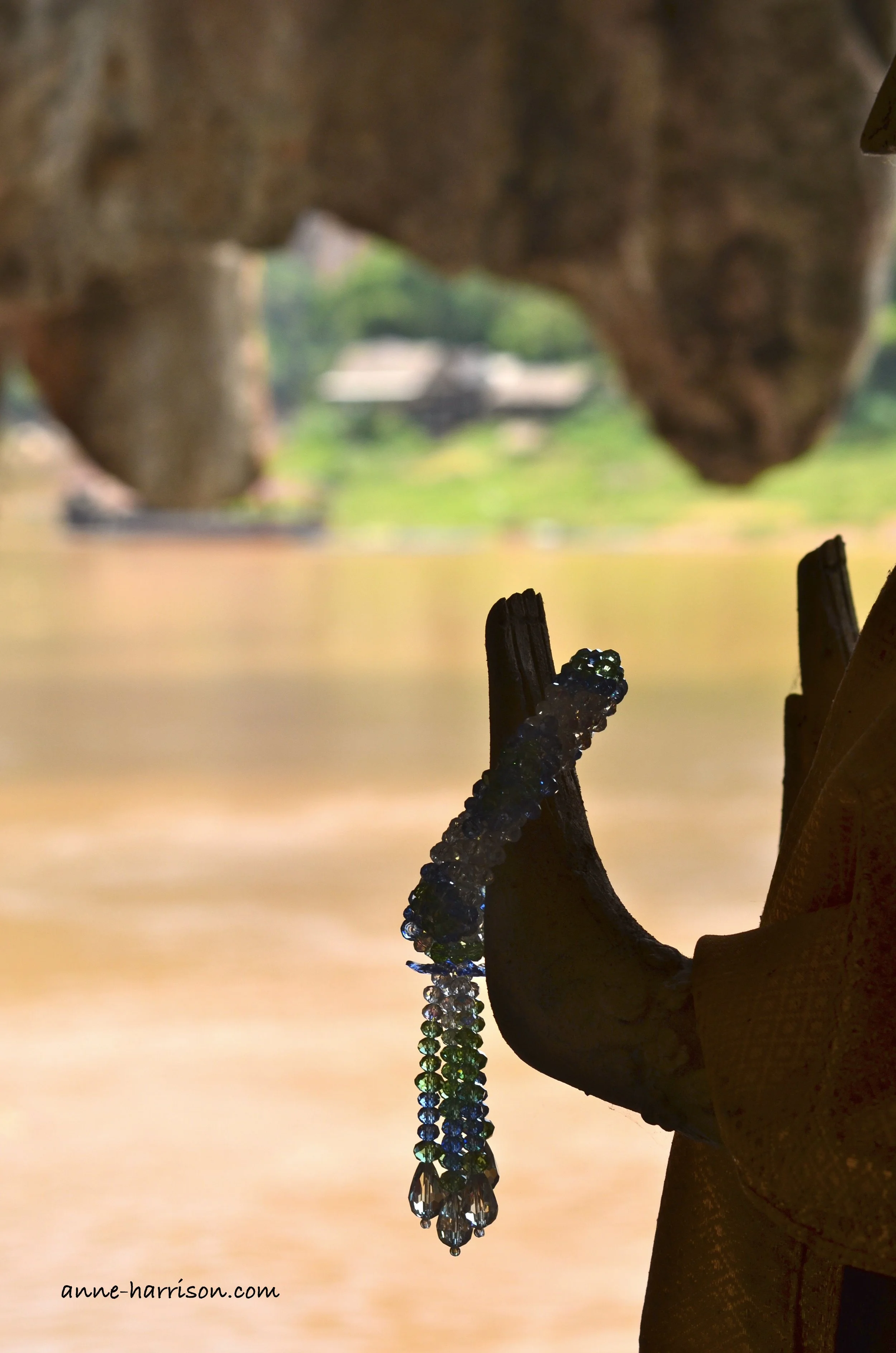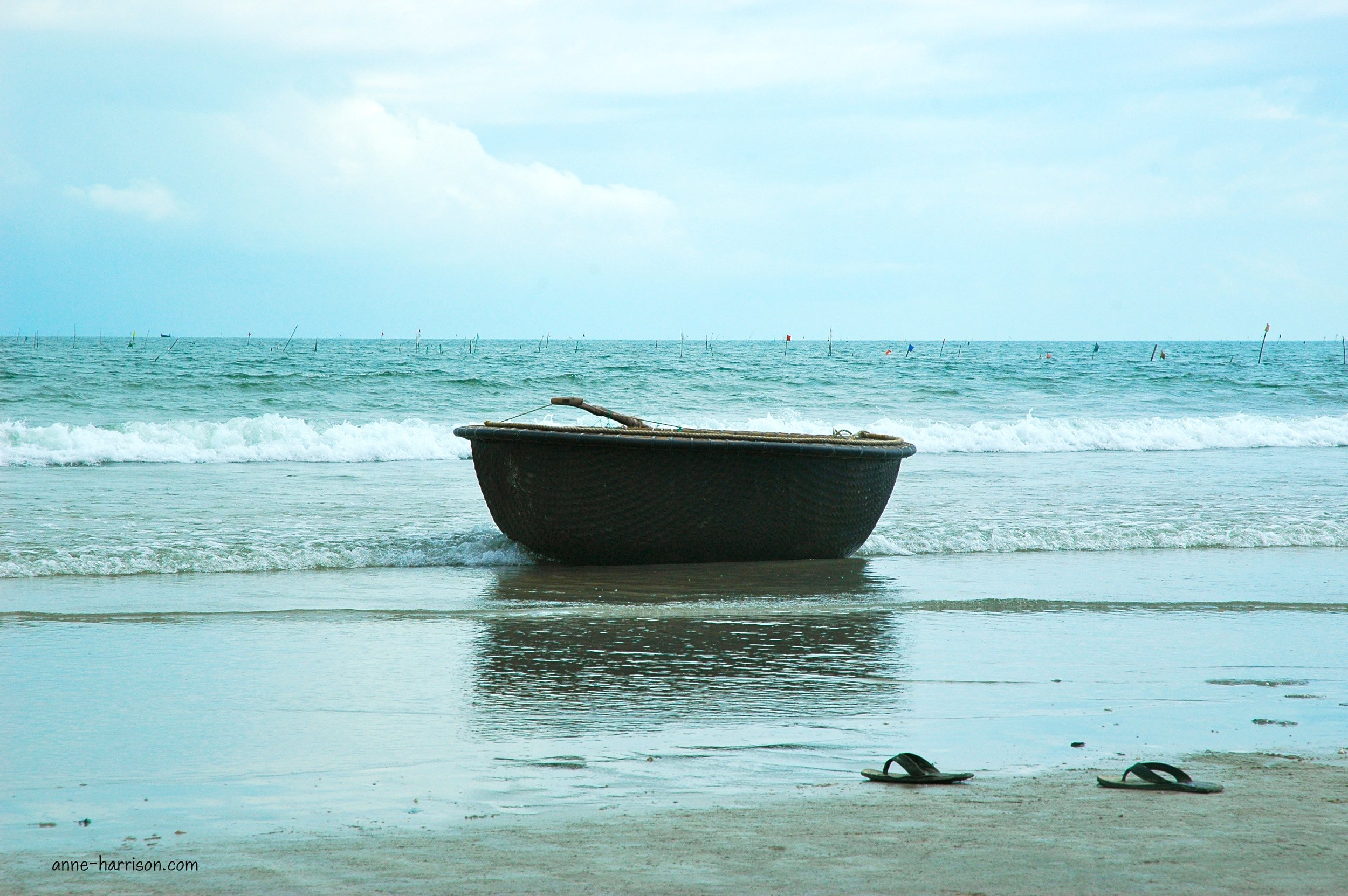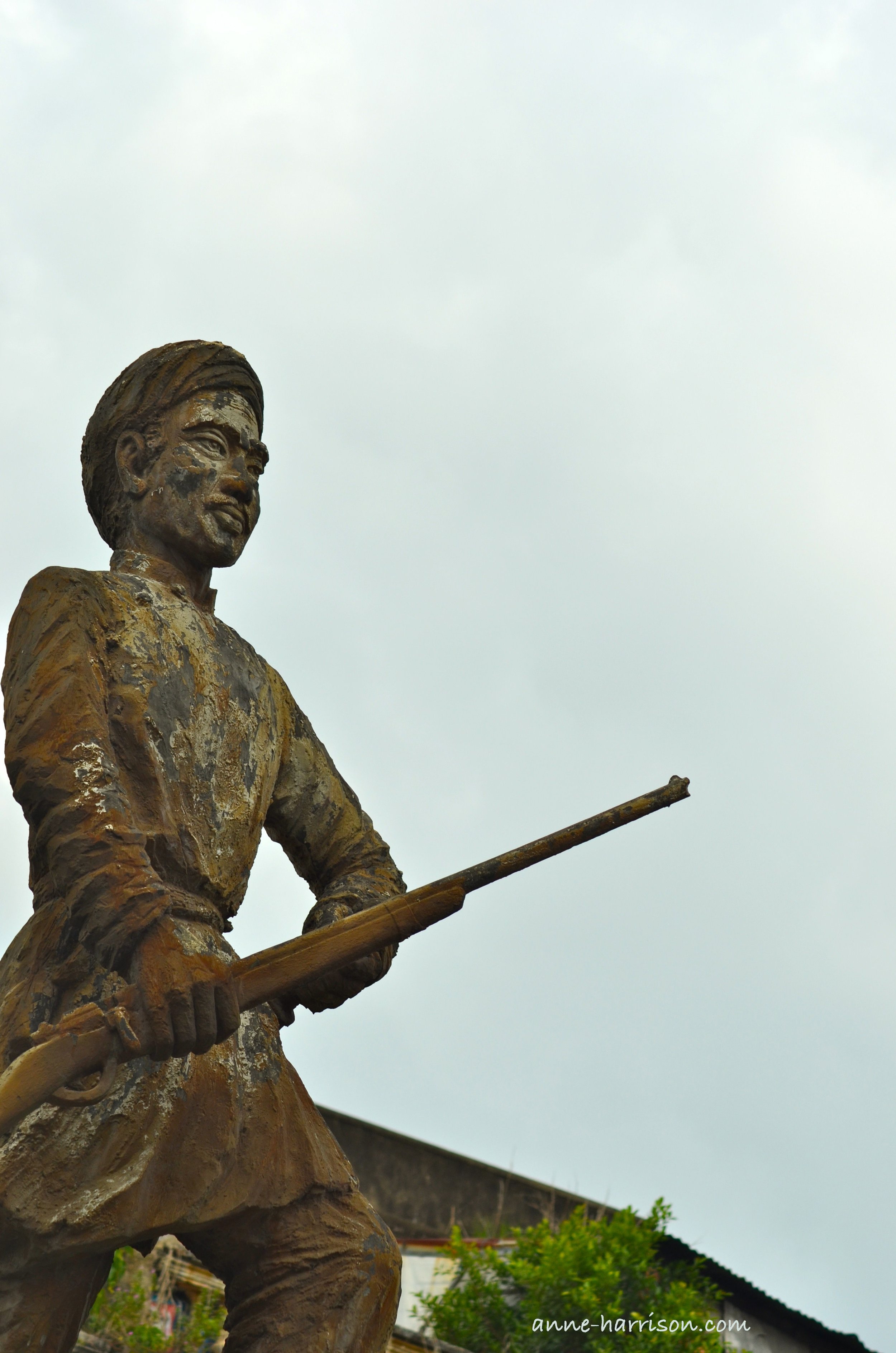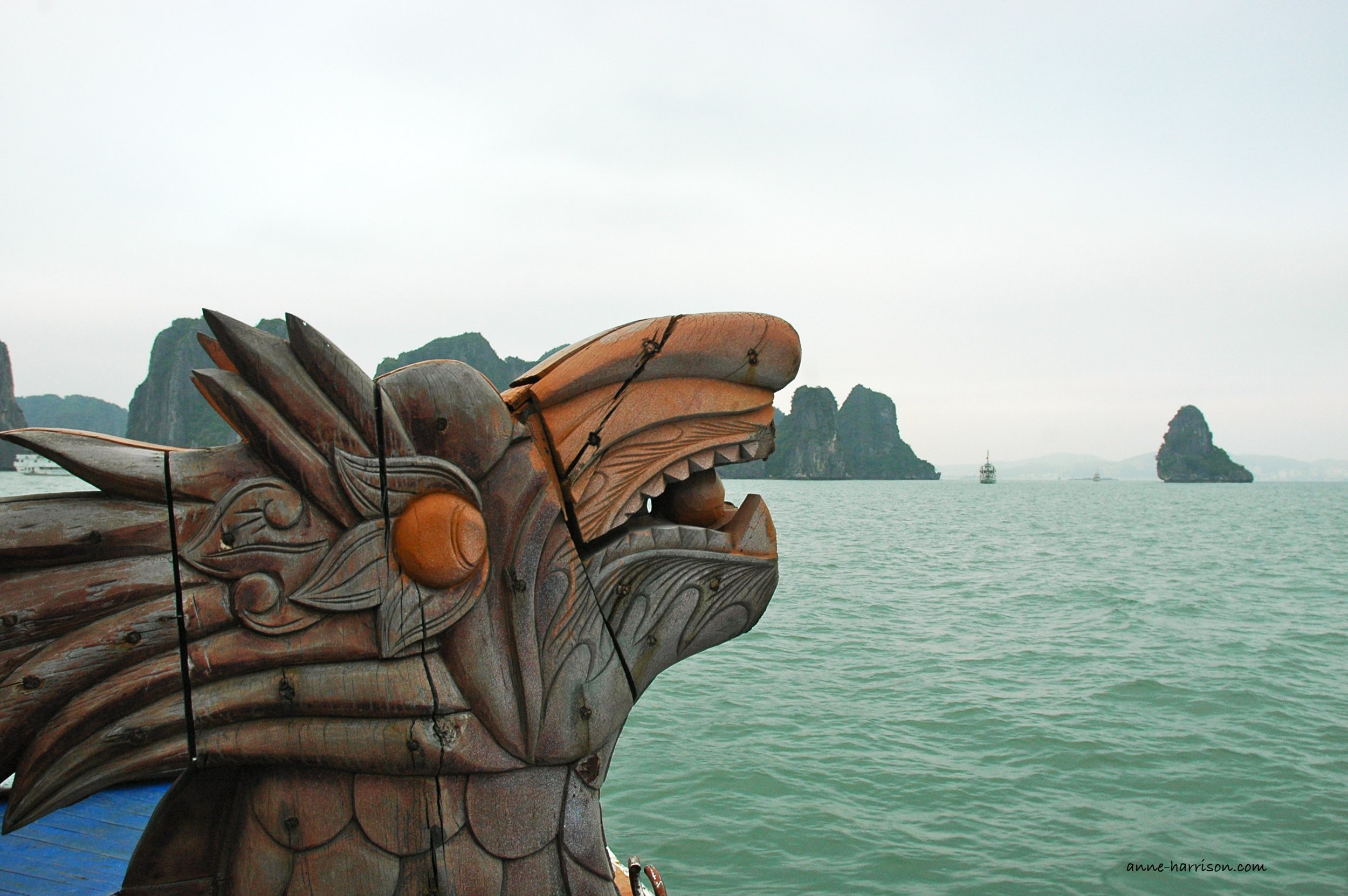The Cave of 1000 Buddhas
Follow the Mekong, turning left at the mouth of the Ou…
The entrance to the Pak Ou Caves © A. Harrison
Spoiler: I didn’t count them all.
The Mekong and Nam Khan rivers arch around either side of Luang Prabang, colliding at a finger of land below our hotel. With the wet season just beginning, the waters still ran low. Impossibly steep stairs lead down the banks, indicating just how quickly the rivers rise once the rains start to flow in earnest. Last season a few bridges had washed away, yet to be replaced, and the town itself has on occasion been flooded.
At dawn I’d watched the partaking of Tak Bat, or giving of alms. Monks in their saffron robes silently walked the streets of the town, accepting offerings from the villagers. Afterwards, a handful of monks headed down those stairs and into their waiting long-boat, crossing the river back to their wat.
Later that morning, when the rain had gone and an impossible heat had spread over the day, I followed the monks down those stairs and into my own long-tail boat. A cool breeze washed over me as we headed upriver past overgrown river banks. The few houses disappeared until all I could see was a verdant wall of green, with the occasional gold or red of a wat peeping through. Sometimes a boat lay pulled up to the bank, tied to a bit of bamboo stuck into the mud. In other places water buffalo stood amongst the undergrowth, while half-naked kids sat on their backs or splashed around them in the water.
The Mekong become narrower the further upstream we headed. Just drifting and watching the world go by proved incredibly peaceful after all the stress of travel. Little wonder, really, that in 1353 the exiled prince Fa Ngum established the first Lao kingdom here, calling it Lan Xang Hom Khao — The Kingdom Of A Million Elephants And The White Parasol.
Slowly the landscaped changed as limestone cliffs emerged from the waters. Many of them have caves, formed as the limestone is eaten away by the rain and the river. Near where the Nam Ou River joins the Mekong are the Pak Ou Caves. The lower cave (Tham Ting) is easily reached, but the upper Tham Theung is a steep climb away, leading into darkness. Both are filled with Buddhas of all shapes, sizes and state of repair. Many statues retire here when temples lack room for newer offerings, or if they are too damaged for display — wooden statues being easy prey to termites, incense burns and missing digits. The high humidity doesn’t help.
Standing in the darkness at the back of Tham Theung, looking across a sea of Buddha silhouettes to the river below, proved a surreal experience. The statues are of all sizes, and in various displays from meditation, peace, teaching poses to the reclining Nirvana. Many are covered with dust and cobwebs, but they are still revered. During the Lao New Year, villagers come by boat to bathe the thousands of buddhas for merit.
Until the Communist take-over in 1975, Luang Prabang was the Royal capitol of Laos. Indeed, the name translates as Image of the Royal Buddha. Luang Prabang remains the intellectual and cultural capital of Laos, a place where it is Buddhism which holds the society together. Everywhere there are statues of the Buddha, and the monks in their robes of orange and saffron remain the enduring image of Luang Prabang.
Enjoy my writing? Please subscribe here to follow my blog. Or perhaps you’d like to buy me a coffee? (Or a pony?)
If you like my photos please click either here or on the link in my header to buy (or simply browse) my photos. Or else, please click here to buy either my poetry or novel ebooks. I even have a YouTube channel. Thank you!













Wandering Hoi An is the best way to explore and discover this ancient city. The buildings reflect her years as a thriving port; now Hoi An is filled with art galleries, gastronomic gems, ceramics, lanterns, and, of course, the silk for which the town is famed.